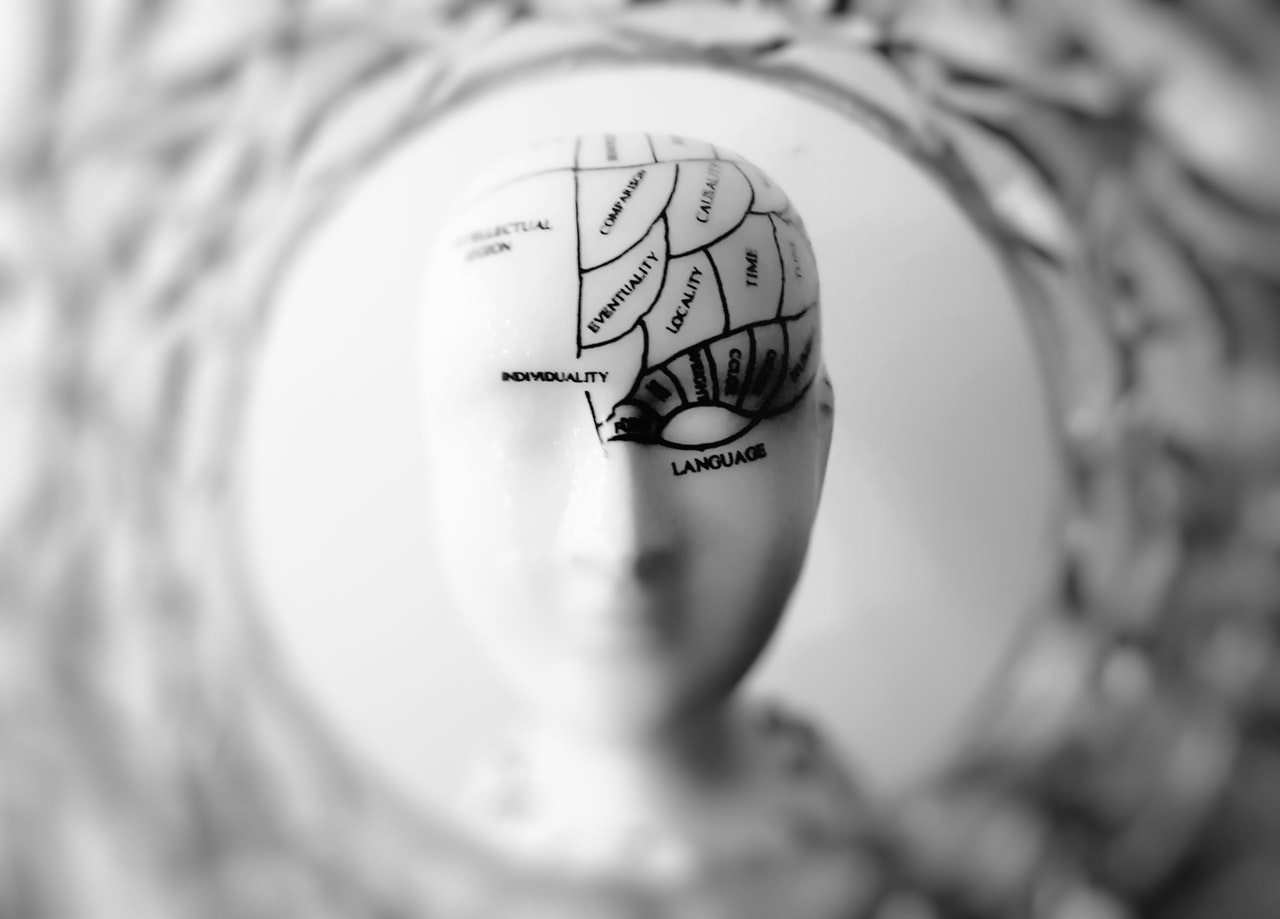
The History of Hypnosis & Hypnotherapy
Are you curious about hypnosis and hypnotherapy in general? Here you can learn what it is and how it came to be a most useful tool in this modern age.
The Hypnotic State
While under hypnosis, anything the person sees, feels, smells, and otherwise perceives is completely activated through the hypnotist’s suggestions and in some cases even visualization techniques.
The effects are not limited to sensory ones. Even the memory and self-awareness can be suggestively altered, the effects of which can be extended into a person’s post-hypnotic, conscious daily life.
A person under hypnosis will only respond to the hypnotist, typically in an innocent, automatic manner and ignoring the conscious environment around them unless pointed out to them by the hypnotist.
Historical Background
In the latter part of the 18th century, Franz Mesmer, a German physician, whose method was named mesmerism, used hypnosis for treatment of patients in Vienna and Paris. He believed hypnotism used an occult force (termed “animal magnetism”) that flowed through the hypnotist into the subject. Though he was discredited, his method interested medical practitioners after him.
In the middle of the 19th century, English physician James Braid not only studied hypnosis but coined the terms hypnotism and hypnosis after the Greek god of sleep, Hypnos.
Even Sigmund Freud became impressed by hypnosis for its therapeutic potential of neurotic disorders. He developed his own system of psychoanalysis and used it to help neurotics recall disturbing events that they had forgotten. This was the earliest form of what we know today as past life regression.
Despite various researchers putting forth different theories of what hypnosis is and how it can be understood, there is still no generally accepted theory explaining the phenomenon.
The Hypnotic Technique
It is important that the person being hypnotised trusts the person hypnotising them, and that they believe in the technique, as well as they are a willing and cooperative participant. They should be relaxed and fix their gaze on an object.
In a low, quiet, and calming voice the hypnotherapist will suggest the relaxation will increase and the eyes will grow tired. Once the person shows signs of fatigue, they will be suggested to close their eyes, and start to visibly show signs of deep relaxation like limpness and deep breathing. This is what’s often referred to as the hypnotic trance.
A person who believes they can be hypnotized, that the hypnotherapist in question is competent and trustworthy, that they are treated appropriately, and that their hypnotherapist is in agreement with their wishes, will be more responsive to hypnosis.
Modern Day Hypnosis
Throughout the world, hypnosis has been officially endorsed as a therapeutic method by official medical, psychiatric, dental, and psychological associations. Today, hypnotherapy is a useful tool in preparing people for childbirth, helping people with chronic pain, aiding in the journeys of stopping smoking and weight loss, and many more health and wellness issues.
Creative Commons Attribution: Permission is granted to repost this article in its entirety with credit to Healing Soul Hypnosis and a clickable link back to this page.










